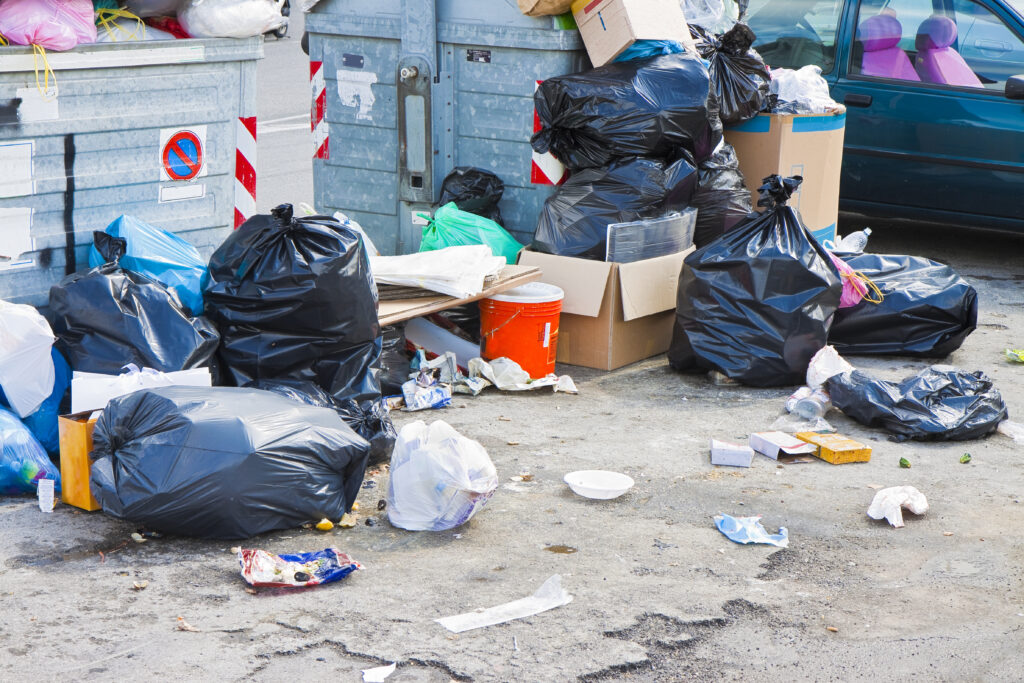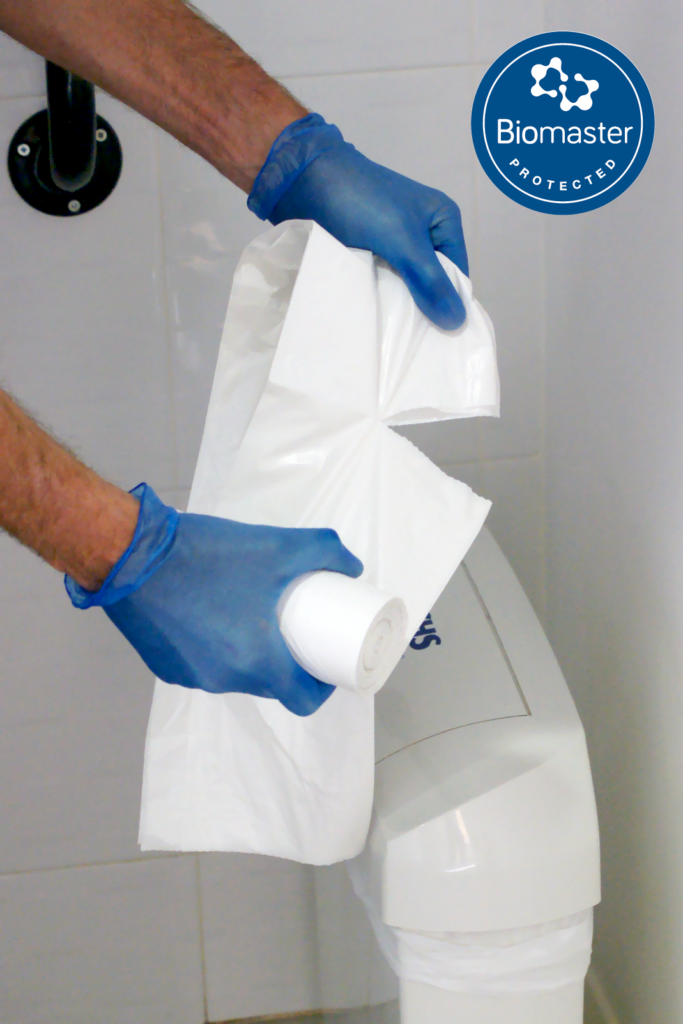Both public and residential waste go through many different spikes and amends as the seasons change throughout the year – the odour of the waste is particularly affected during the summer months. There is a notable influx of waste during the summer months, with a WWF report stating a litter rise of up to 40%. This is mainly down to increased footfall, traffic, and just people being out and about more in general as the weather improves. Although the improvement in the weather may be a positive for most, it could be having an adverse effect on our waste.

Increase in Smell
The warmer weather during the Summer season may be affecting our waste in ways you didn’t expect, one way your waste could be altered is a potential increase in smell. As waste begins to decay, it often emits a pungent odour, this is due to the breakdown of this waste and the microbial aspect which are helping it to decay. The longer waste is left to decompose, especially in an enclosed space, such as a bag or bin, the stronger the smell will become. This odour will be enhanced even further in warmer conditions, as the heat is allowing it to decay much faster.
This means that your waste is emitting a far stronger stench during the Summer months and the increase in bad smells is off-putting to the general public but is attractive to many pests – which is the next issue with summer waste.
Increase in Pests
Smelly waste is a hazard for attracting unwanted pests and insects, from flies and bugs to larger pests such as mice and rats. These pests are not only a hazard to the area where the waste is and can tear into bags which could potentially create an increase in litter, but the waste can also be hazardous to them too. Pests are unsightly, unwanted and potentially dangerous, and the effects that consuming the waste can have on these rodents could be life-threatening to them. We see images of waste inside the stomachs of seagulls and rats – which they have consumed from ‘attractive’ litter. This seems to be a growing issue, so how do we tackle it?

Solutions
Of course, the easiest solution is to not litter and have better overall management of your waste. The less litter that is in our environment, the less chance of pest infestation – this comes from taking litter home or simply finding a bin to dispose of waste. However, the bins themselves are also attributing to the issue.
There are solutions to this problem too, one of which is more consistent collections of waste. The longer waste is left to ‘cook’ in high temperatures, the more potent the smell it emits will be, however, if these bins are emptied on a more regular basis, this reduces the chances of smells and pest infestations.
Increasing the frequencies of collections is not always possible, so what are the other solutions? Using better bags is one of the easiest ways to control waste odour. Thicker bags will help to contain the smells better than lower micron bags – these are lessening the chances of attracting pests. They are also helping to contain the waste better, by reducing the chances of waste spillages from pest attacks. You could also use an anti-microbial liner which will help to prevent the growth of bacteria from an increase in temperatures. Scented liners are also a good solution that will help combat the smell. Cromwell has a bag which incorporates both of these solutions with our Sansafe Anti-microbial and Scented liner.
In conclusion
An increase in temperatures will almost certainly affect the chance of pest infestation and smelly waste – but there are solutions you can put in place to tackle these, which will help find a sustainable solution. Talk to our team to discuss your requirements.